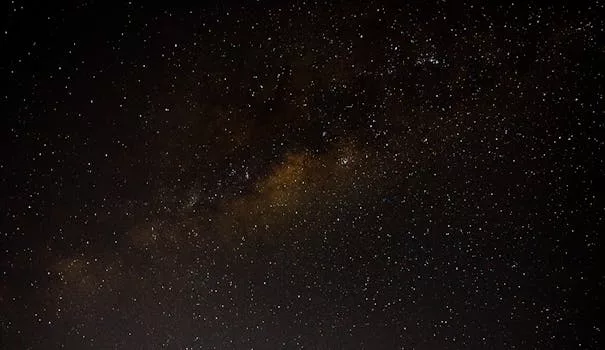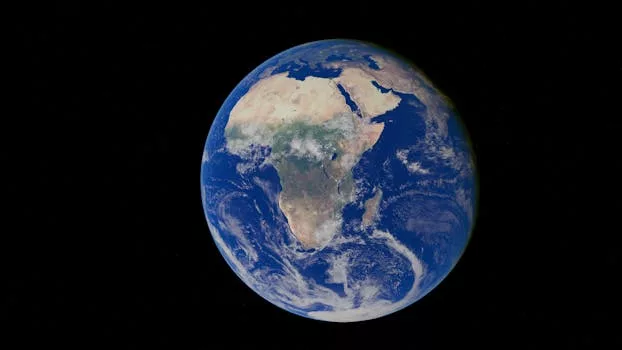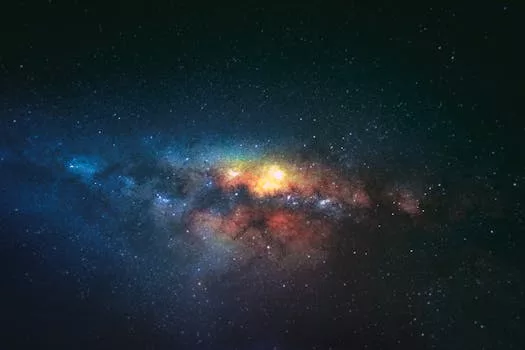
“
Beyond the Milky Way: Imagining New Worlds and Possibilities
Introduction to the Unknown
Imagine a place where the skies are perpetually painted with colors of sapphire and amethyst, where the landscapes are carved by forces both fierce and serene, and where life, if it exists, is a mystery waiting to be unraveled. This is the realm beyond our Milky Way, a universe teeming with galaxies, each a cosmos unto itself. As we stand at the edge of this vast expanse, we are compelled to imagine, to explore, and to seek out the possibilities that lie hidden among the stars.
Exploring the Cosmos: A Journey Through Space and Time
The exploration of space is a testament to human curiosity and the unrelenting quest for knowledge. From the earliest astronomers who mapped the night sky to the current missions that propel us further into the unknown, our journey through the cosmos has been marked by discovery and awe. The concept of new worlds, whether in the form of exoplanets or the speculative idea of parallel universes, challenges our understanding of the cosmos and our place within it.
The technology to explore these vast distances is evolving, with projects like the Square Kilometre Array (SKA) and the James Webb Space Telescope offering unprecedented insights into the universe. These advancements not only bring us closer to understanding the mysteries of dark matter and dark energy but also open the door to the possibility of encountering life beyond Earth.
Imagining Life Beyond Earth: The Possibilities
One of the most profound questions of our time is whether we are alone in the universe. The discovery of exoplanets, some of which reside in the habitable zones of their stars, has reignited the debate on the existence of extraterrestrial life. The possibilities range from simple microbial life to complex civilizations that could be looking up at their own night sky, pondering the same question we do.
The search for life beyond Earth is a multidisciplinary effort, combining astronomy, biology, geology, and the search for biosignatures in the atmospheres of distant planets. The detection of oxygen, methane, or other biomarkers could indicate the presence of life, albeit in forms we might not recognize. This search is not just about finding life but also about understanding the origins of life on Earth and the potential for life to exist elsewhere in the universe.
Takeaways from the Quest for New Worlds
- The Universe is Vast and Full of Mysteries: Each new discovery in space exploration reveals more about the complexity and beauty of the cosmos.
- Life Beyond Earth is a Plausible Possibility: The existence of exoplanets and the conditions for life as we know it suggest that life could exist elsewhere in the universe.
- Human Curiosity and Innovation are Key: The advancements in technology and astronomy are driven by human curiosity and the quest for understanding the universe.




